-
Mobile phone cover IR hole light transmittance detectorThere are distance sensor holes and camera holes on the cover plate of the smart phone. Because of different functions and applications, the cover plate holes of the phone need to be coated with different IR inks. The light transmittance of the IR ink holes is used to achieve the light transmittance of different hole positions. Therefore, the light transmittance of the IR holes is a very important parameter for the phone. The transmittance detector developed by Jingyi Optoelectronics has a variety of solutions for manual detection, semi-automatic detection and full-automatic detection to meet your different product needs
-
Mobile phone cover contact angle detectionWith the development of the mobile phone industry, the adhesion, adhesion, hydrophobicity, cleanliness and other important indicators of the mobile phone cover and the mobile phone film have been paid more and more attention, which is a very important indicator of the mobile phone. The contact angle tester developed by Jingyi Optoelectronics is an analytical technology for surface treatment. It can be used to detect the hydrophobicity and cleanliness of mobile phone cover plate and mobile phone film, which is of great significance for product process control, quality assurance and failure analysis
-
Spectral Calibration System for Mobile CameraWith the development of science and technology, the improvement of living standards, people's constant pursuit of photography and video experience, and the evolution of mobile phone cameras, the performance of mobile phone photography is related to factors such as sensors and pixels. Therefore, in order to improve the photo taking performance of mobile phones, it is necessary to calibrate the spectrum and brightness of mobile phone cameras. The spectral calibration system for mobile camera developed by Jingyi Optoelectronics is a new type of optical measurement system. It uses a uniform standard calibration light source to achieve adjustable brightness and color temperature. It replaces the use of multiple light sources and comparison procedures in traditional spectral response testing, simplifies the steps, and greatly improves the production and testing efficiency of ambient light sensors









.jpg)
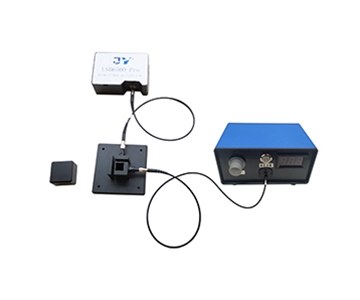

.jpg)



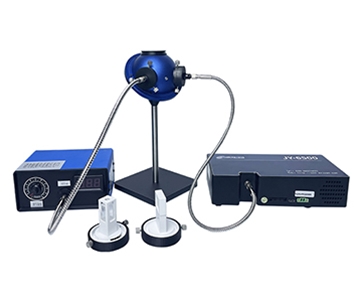







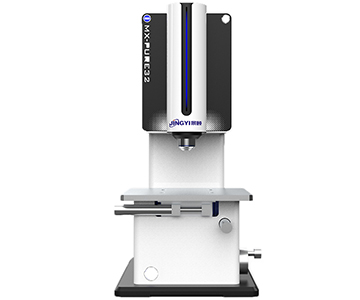













.jpg)


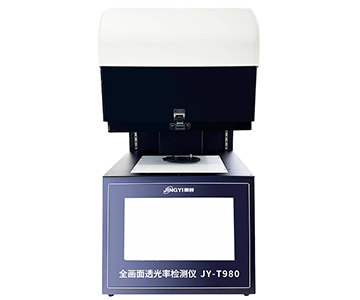


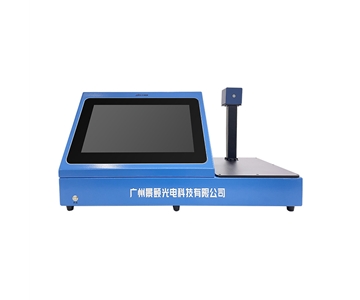




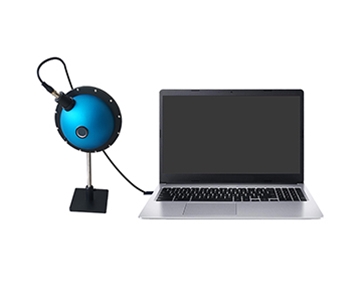

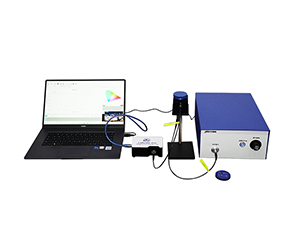
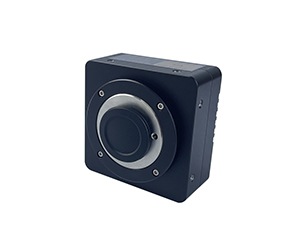


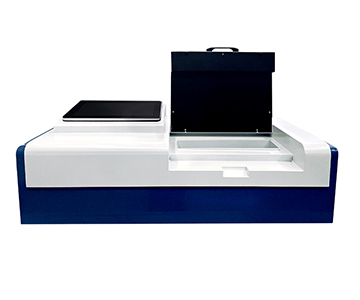

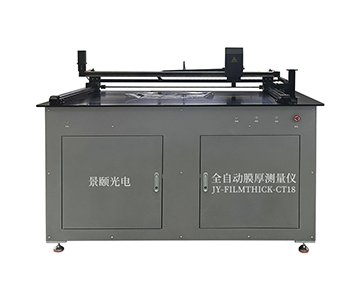
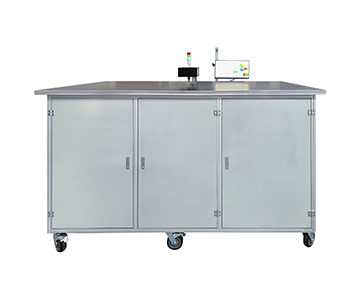
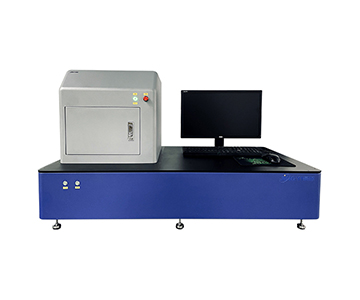






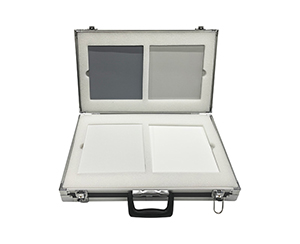


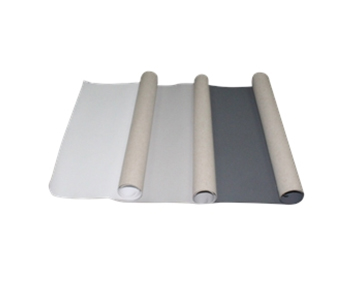
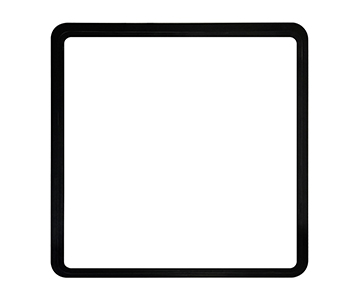
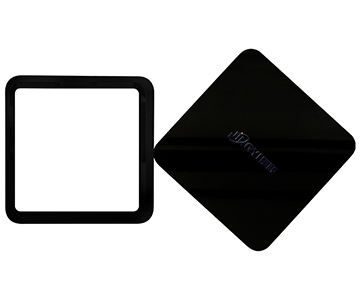
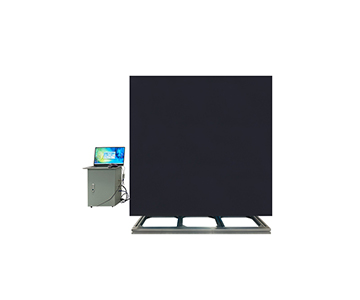
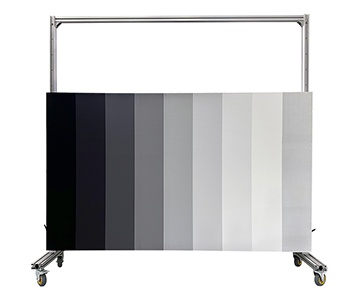
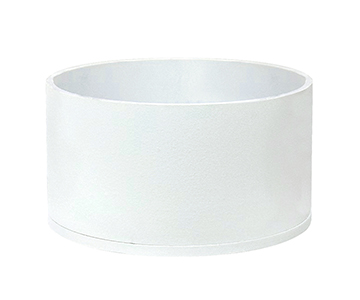






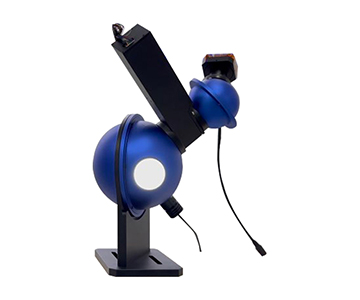






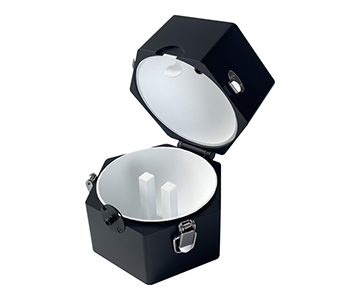

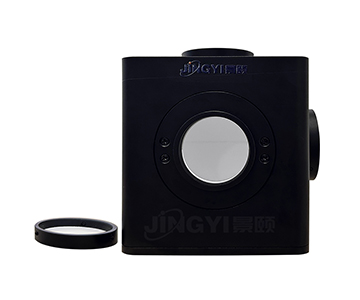
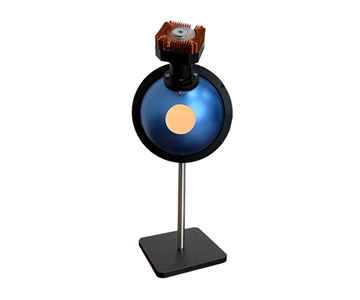




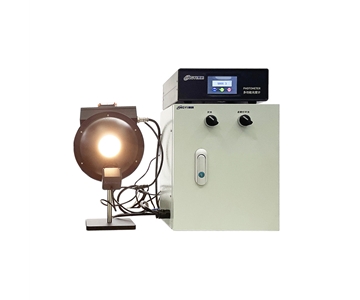




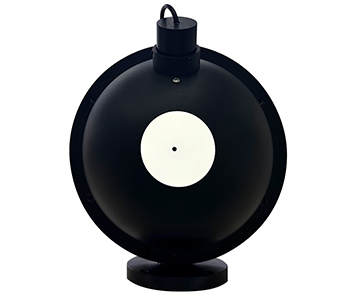

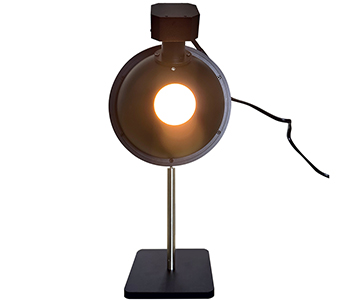


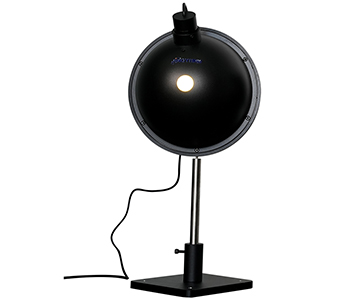

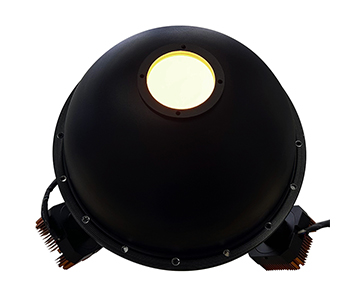
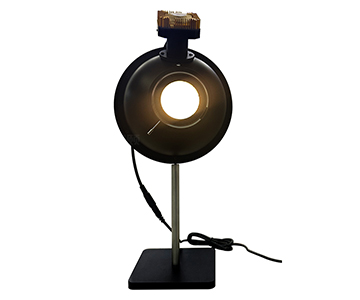


























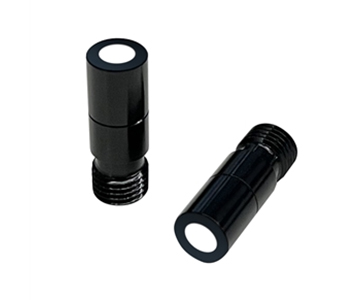




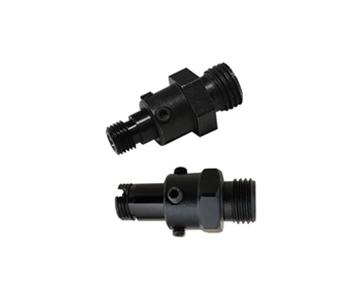
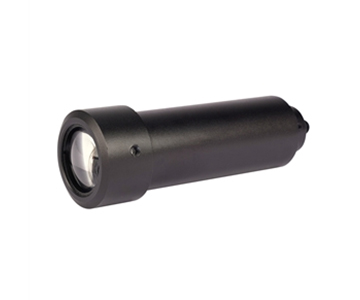









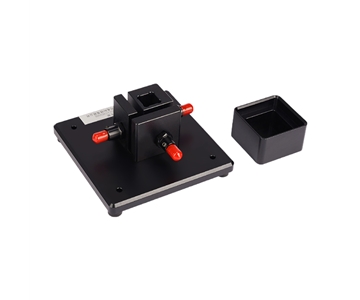
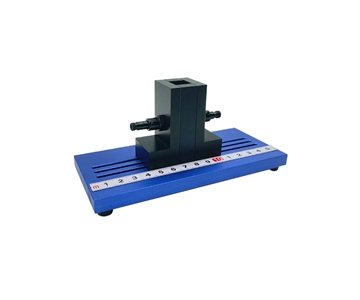

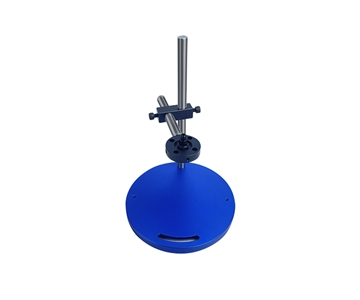
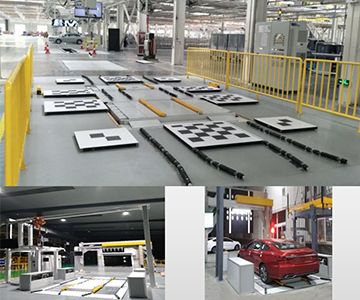


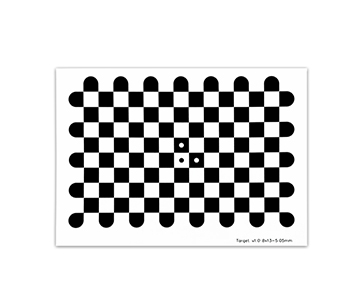
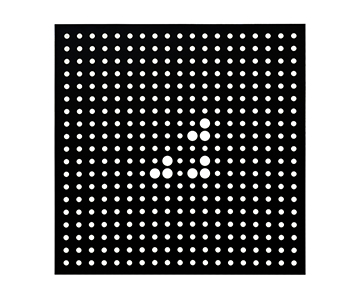
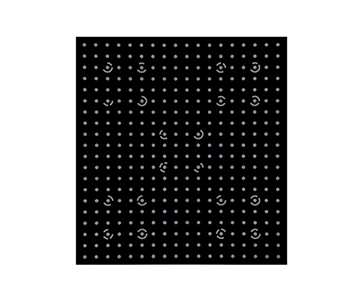


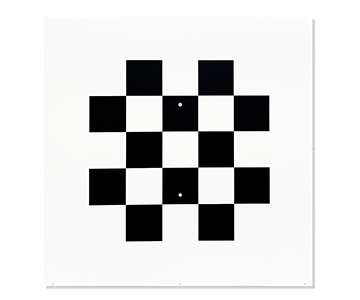
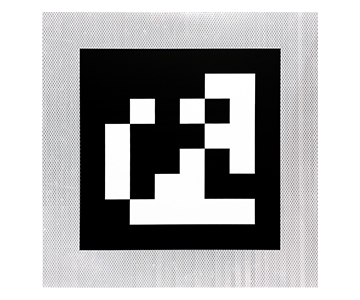
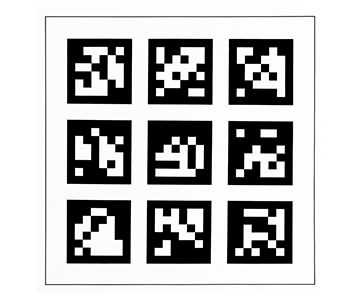
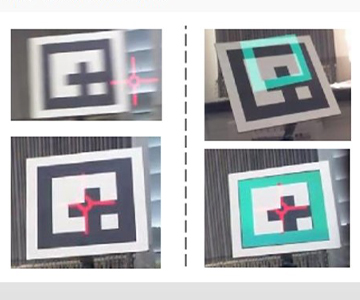
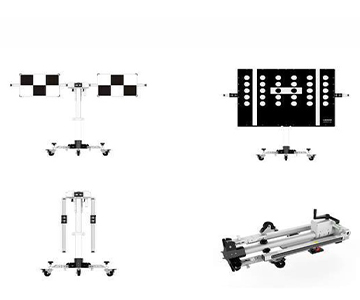

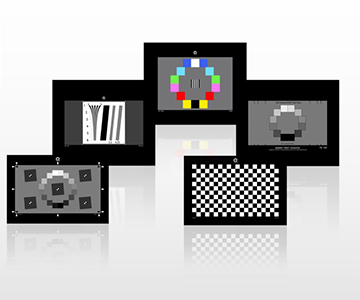
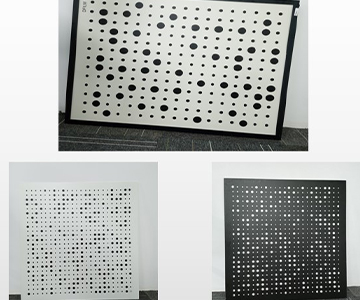


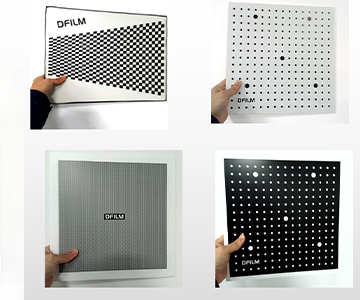
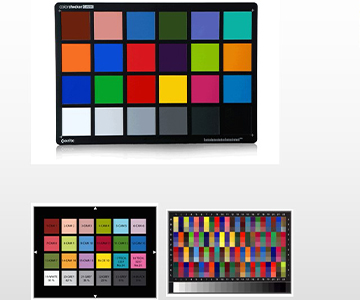

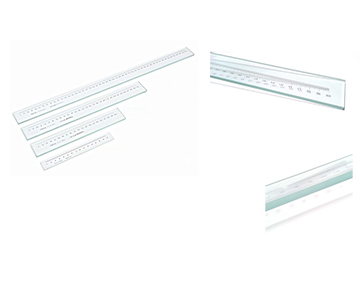
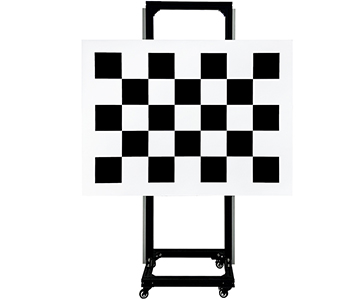
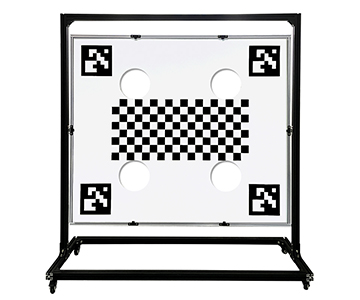





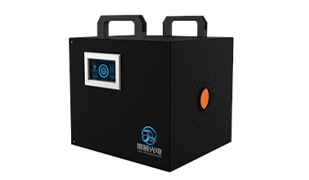






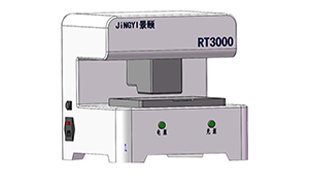
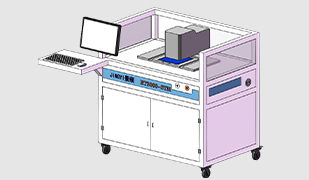


.jpg)





